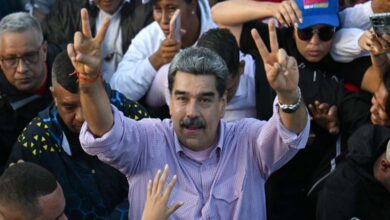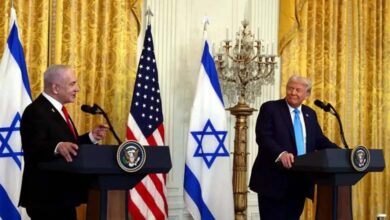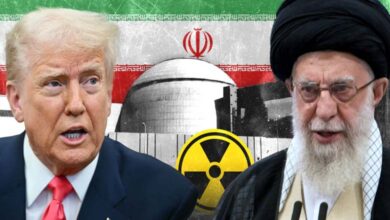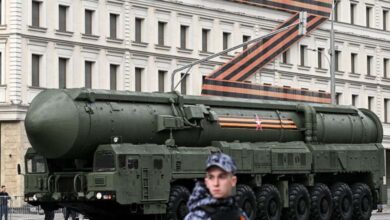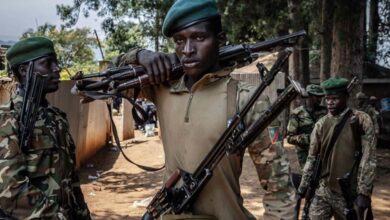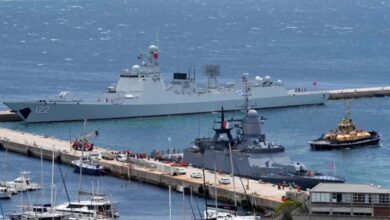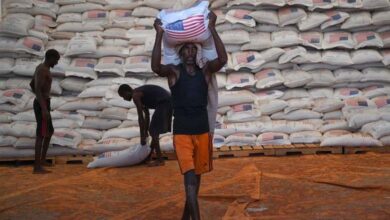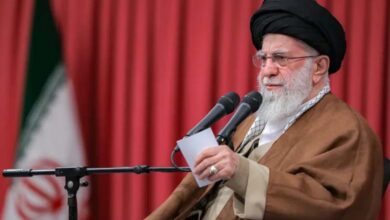Lessons from War: From Khamenei to Kim – A Strategic Gap Shifting the Nuclear Balance
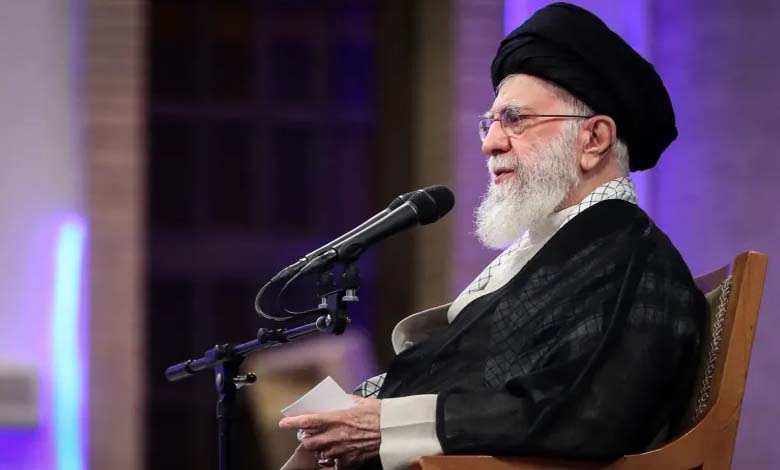
Following the 12-day war between Israel and Iran last June, the world entered a new phase of strategic thinking regarding nuclear proliferation.
It has become clear that the strikes targeting Iran’s nuclear program were not mere limited military operations but represented a pivotal moment in the history of global nuclear policy.
Although the extent of damage to nuclear infrastructure remains debated among intelligence agencies and security experts, it is certain that Tehran’s long-standing strategic approach, known as the “nuclear threshold policy,” has collapsed, according to Foreign Affairs.
-
Iran’s Nuclear Program Under the Midnight Hammer
-
Limited Strike with Reduced U.S. Support: New Israeli Plan to Cripple Iran’s Nuclear Program
Iran Between Threshold and Deterrence
Since the 1980s, Iran has pursued a different path from its adversaries, developing advanced technical expertise that allows it to reach the nuclear bomb without taking the final step.
This policy enabled it to remain at the “nuclear threshold” without crossing it. The idea was simple: maintain latent capability to accelerate nuclear armament if necessary, use strategic ambiguity as a deterrent against any attack, and keep the program as a bargaining chip with the West.
-
Iran May Accept a Deal Limiting Its Nuclear Program if Trump Doesn’t Withdraw Again
-
Iran’s Nuclear Program Back in the Spotlight… and Trump Seeks Political Breakthrough
This strategy achieved notable successes at certain points. In 2015, prolonged negotiations led to the Joint Comprehensive Plan of Action, granting Iran significant sanctions relief in exchange for restrictions on its nuclear program.
However, this success was short-lived, as the agreement quickly collapsed following the first Trump administration’s withdrawal in 2018.
Subsequently, Iran rapidly accumulated enriched uranium, raising concerns that the “threshold” policy might turn into an actual move toward possessing a bomb.
-
Iran’s Nuclear Program: Tehran Awaits Trump’s Message via an “Arab Country”
-
“Iran’s Nuclear Program”: IAEA Condemnation and Tehran’s Response
The “End” of Iran’s Strategy
With Trump’s return to the White House in 2025 and escalating regional tensions following the October 7 attack, Washington made a strategic decision to support Israel militarily in striking Iran’s nuclear facilities.
Strikes targeted key sites in Natanz, Fordow, and Isfahan, causing significant damage to Iran’s military leadership infrastructure.
This development marked a turning point, showing that Iran’s bet on remaining at the threshold offered no protective cover, leaving it exposed to a wide-scale preventive strike.
Tehran misjudged the U.S. readiness to intervene alongside Israel, a strategic error that confronted it with an existential threat while moving it further away from the nuclear bomb.
-
Report: North Korea is continuing to develop its nuclear weapons program
-
Iran Proposes Deal on Its Nuclear Program to Avoid Western Pressure
North Korea: The Strategic Opposite
In contrast, North Korea presents a completely different model. Since the 1960s, the Kim family sought to develop a nuclear program without stopping at the threshold.
Pyongyang treated diplomatic engagement as a tool to buy time and delay, but never abandoned the priority of armament. After the 1994 Framework Agreement to freeze its program, North Korea continued to develop its capabilities in secret.
When the agreement collapsed in 2003, Pyongyang did not retreat under sanctions or U.S.–South Korean threats but steadily advanced toward building a diversified nuclear arsenal.
-
Iran’s Nuclear Program: What is the “Wisest” Path for the U.S. to Face It?
-
Associated Press: Iran Develops its Nuclear Program by Installing a Series of Centrifuges
Thus, any subsequent negotiations occurred from a position of strength, providing “nuclear security” against attempts to change the regime.
Today, Kim Jong-un is armed with a growing arsenal and strategic partnerships with China and Russia, while Iranian Supreme Leader Ali Khamenei faces a weakened program and fragile regime with no effective deterrent cover.
Lessons for Nuclear Aspirants
The Iranian experience shows that the “threshold policy” is insufficient to deter great powers. Possessing the capacity to build a bomb does not equal possessing the bomb itself.
-
Iran Warns Atomic Energy Agency Against Issuing a Resolution Against Its Nuclear Program
-
Iranian-European Talks on Nuclear Issue and Sanctions
This strategy may even encourage adversaries to launch preemptive strikes rather than be deterred. Therefore, countries considering nuclear weapons may lean toward a “rapid, secret armament” approach like North Korea, rather than linger at the threshold.
Past experiences confirm this: Israel’s 2007 destruction of Syria’s program, and secretive approaches in South Africa, India, and Israel, all indicate that combining ambiguity with speed may be the most effective route.
Hence, in the future, countries like South Korea or Ukraine might develop nuclear capabilities out of public view, even if it results in international isolation.
-
Iran Drives Istanbul Nuclear Talks into a Deadlock
-
A Potential Breakthrough… Iranian-European Agreement to Resume Nuclear Negotiations
Diplomatic Crisis and Commitment Problem
The recent war not only ended the nuclear threshold strategy but deepened the crisis of trust in international diplomacy.
From the hardliners’ perspective in Tehran, events proved that the U.S. and Israel cannot be trusted, having carried out extensive strikes while Iran was engaged in indirect negotiations.
This brings back what scholar James Fearon calls the “commitment problem”: diplomatic agreements are inherently fragile due to the absence of mutual trust in their adherence.
This may push Khamenei to consider withdrawing from the Nuclear Non-Proliferation Treaty, akin to North Korea, seeing nuclear weapons as the only insurance respected by major powers.
-
Talks with the US on the nuclear file?… Iran responds
-
Ground Activity at Fordow: Is Iran Reorganizing Its Nuclear Site?
Future of the Non-Proliferation Regime
Despite these challenges, the U.S. still has tools to deter aspiring nuclear states: reinforcing extended deterrence for allies, threatening severe sanctions, and emphasizing that the eight-decade-old non-proliferation system is the result of sustained diplomacy, not chance.
However, recent U.S. actions threaten to undermine these norms, pushing allies and adversaries alike to seek their own “nuclear insurance.”
The paradox is striking: Israeli–American strikes intended to weaken Iran could accelerate others’ rush toward the bomb, making both covert and overt armament more appealing in the future.
According to Foreign Affairs, Iran paid a heavy price for its hesitation, while North Korea solidified its position as a lasting nuclear power.
-
Trump Denies Seeking to Fund Iran’s Civil Nuclear Project
-
Pekaks: The Mountain Hiding Iran’s Nuclear Bomb


